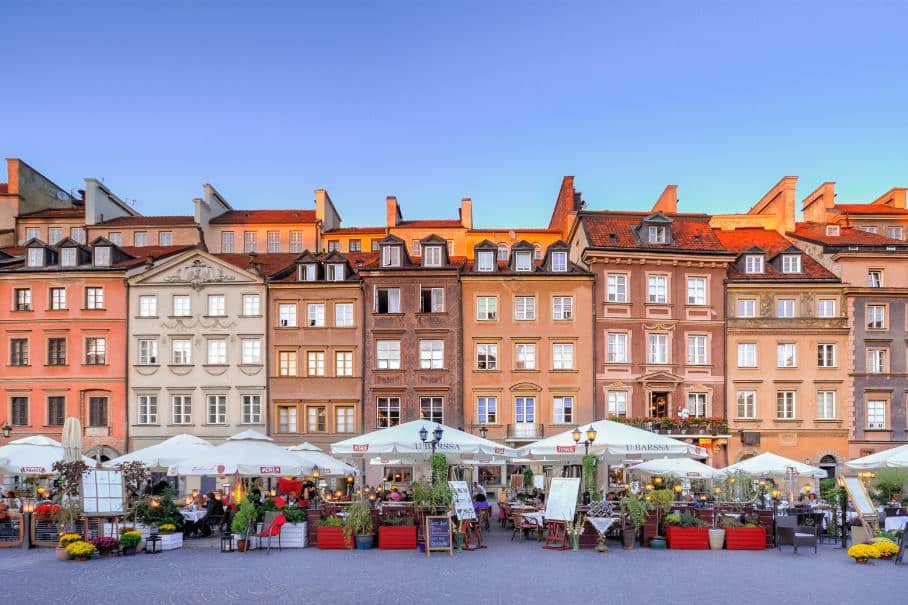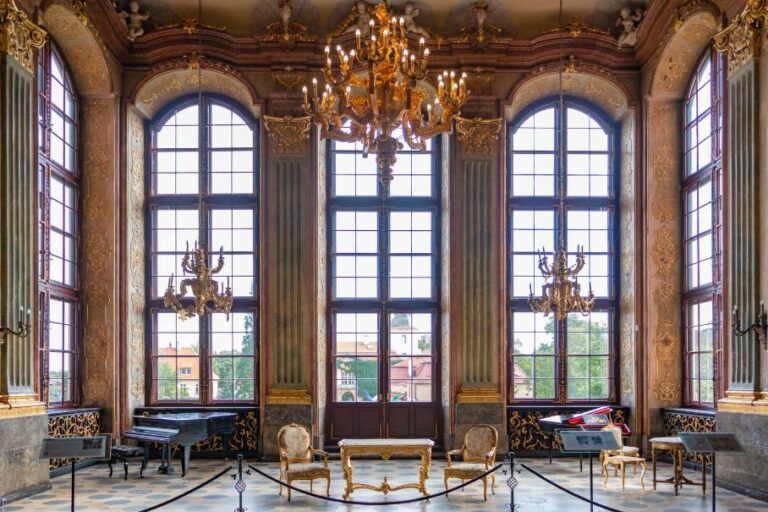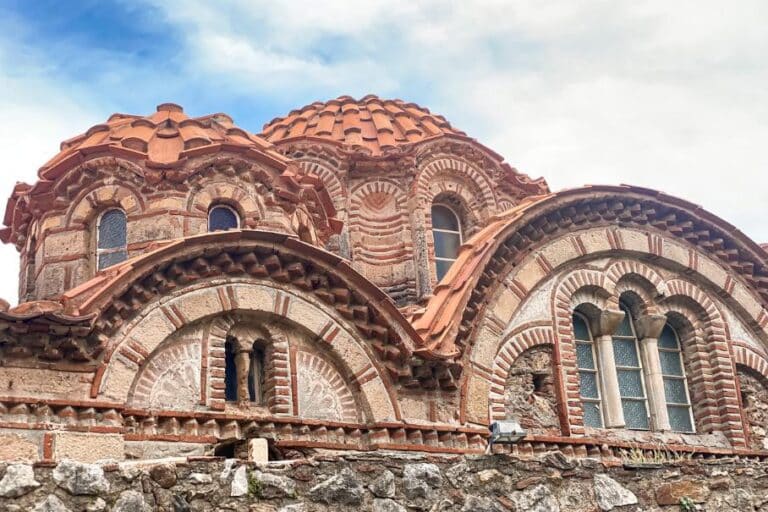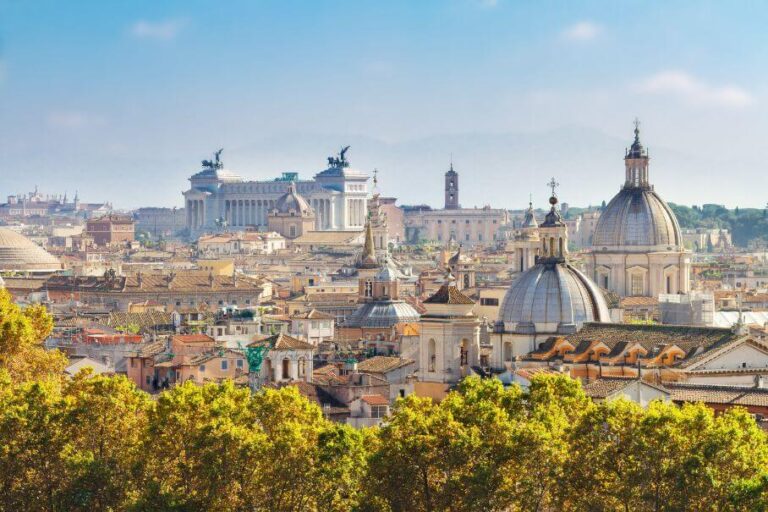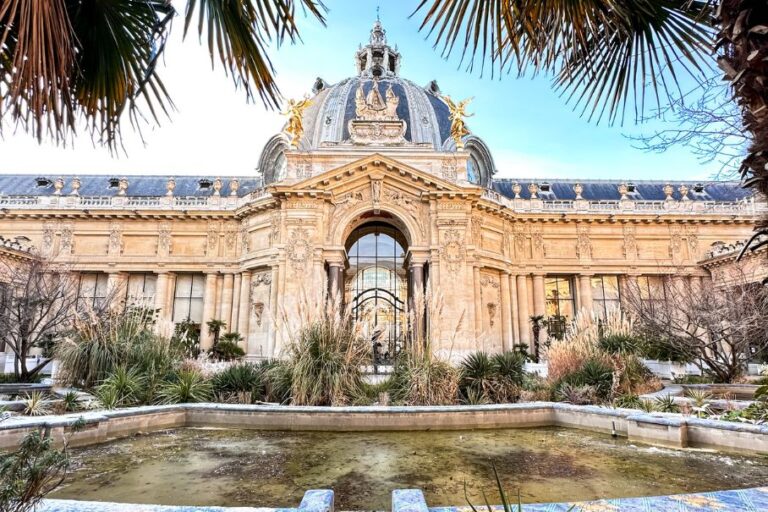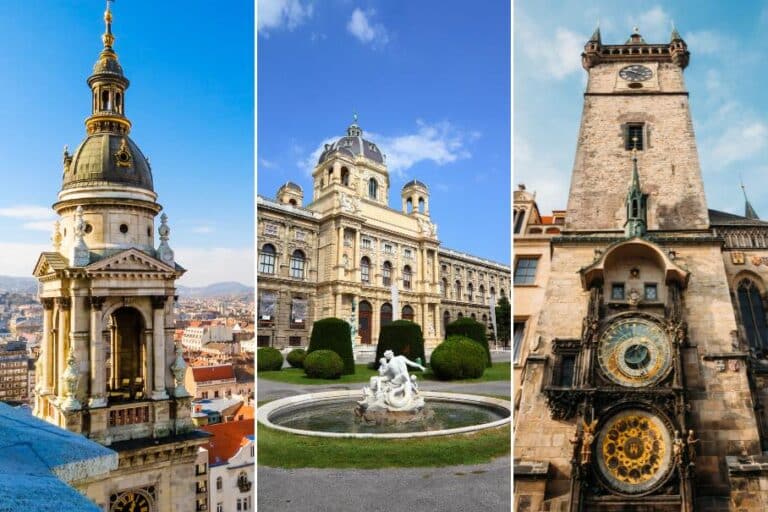17 Fascinating UNESCO Sites in Poland You Should Visit
UNESCO World Heritage Sites are some of my favourite places to visit as they offer a fascinating insight into our world. I try to see as many as I can when I travel and if you like them too, you’re in luck. There are 17 UNESCO sites in Poland to explore, from primeval forests to medieval castles and epic architectural projects. Here is what you need to know about them.
What qualifies as a UNESCO World Heritage Site?
Before we discuss Poland’s UNESCO sites, let’s clarify what qualifies as one. A site must meet specific criteria before it can be considered for the designation. To be included on the World Heritage List, a site has to be of outstanding universal value, and then there are 10 selection criteria (which it has to meet at least one of).
Cultural sites include those that represent a masterpiece of human creative genius, exhibit an important interchange of human values, or are outstanding examples of a building, architectural, or technological ensemble. Natural sites must contain superlative natural phenomena, outstanding examples of major stages of Earth’s history, or the most significant natural habitats to conserve biological diversity.
17 UNESCO World Heritage Sites in Poland
Let’s take a look at the UNESCO sites in Poland that you can explore on your next trip. Whether you’re looking to learn more about Poland’s past or simply like to visit cultural sites, these UNESCO sites in Poland should be on your travel list.
Auschwitz Birkenau Concentration and Extermination Camp
Poland is no stranger to invasion, war and destruction. It’s unsurprising then that there are many remnants of the past here. One of those, the Auschwitz Birkenau concentration and extermination camp, made it onto the list of UNESCO sites in Poland in 1979. This site in southern Poland is one of many such places established by the Nazis during World War II.
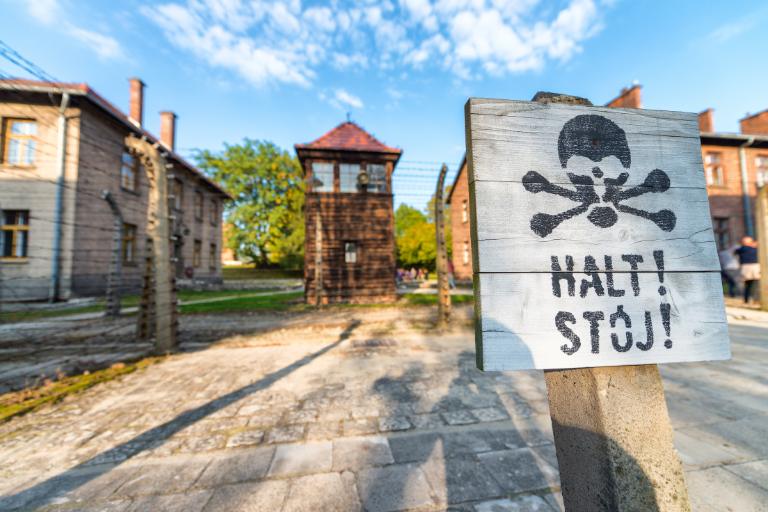
Auschwitz-Birkenau is not an easy place to visit, but it’s an important one. It was a concentration and extermination camp during World War II, where millions of people, mostly Jews, were killed. This site was added to UNESCO’s list to ensure that what happened here is never forgotten. It’s a reminder of the need for peace, tolerance, and human rights. People from all over the world visit to learn about this dark chapter of history and pay their respects.
Bialowieza Forest
Białowieża Forest is like a giant, magical forest straight out of a storybook. It’s one of the last primeval forests in Europe, meaning it has been untouched by humans for thousands of years. This incredible place is home to the European bison, the largest land animal in Europe. If you’re lucky, you might spot one wandering through the trees.

The forest is a UNESCO site because of its unique ecosystem. It’s filled with ancient trees, rare plants, and lots of animals that need this habitat to survive. It also symbolizes how humans and nature can live side by side. Białowieża is shared by Poland and Belarus, making it a cross-border treasure.
Castle of the Teutonic Order in Malbork
Malbork Castle is like something out of a medieval legend. Built by the Teutonic Knights in the 13th century, it’s the largest brick castle in the world. Walking through its halls and courtyards, you can almost hear the clatter of knights’ armour and imagine what life was like centuries ago.
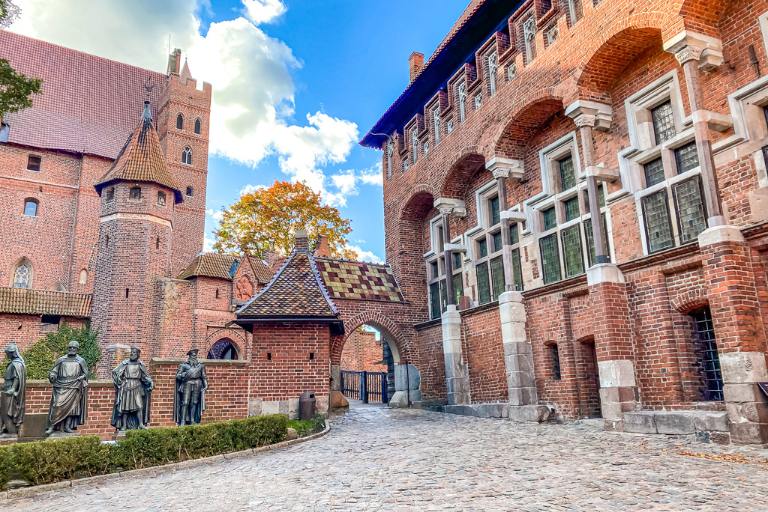
Malbork was built in the 13th century by the Teutonic Knights, a German Roman Catholic religious order of crusaders. It served as the order’s headquarters for almost 150 years. It was inscribed on the UNESCO list in 1997. Today, you can admire its massive walls, towers, and intricate architecture, which give you an idea of the power and sophistication of the Teutonic Order during its heyday.
Centennial Hall in Wroclaw
The Centennial Hall in Wrocław is an architectural marvel and a pioneering piece of modern engineering. It was designed by Max Berg in 1913 to commemorate the 100th anniversary of Napoleon’s defeat at the Battle of Leipzig. The hall’s massive dome, made of reinforced concrete, was an engineering breakthrough for its time.
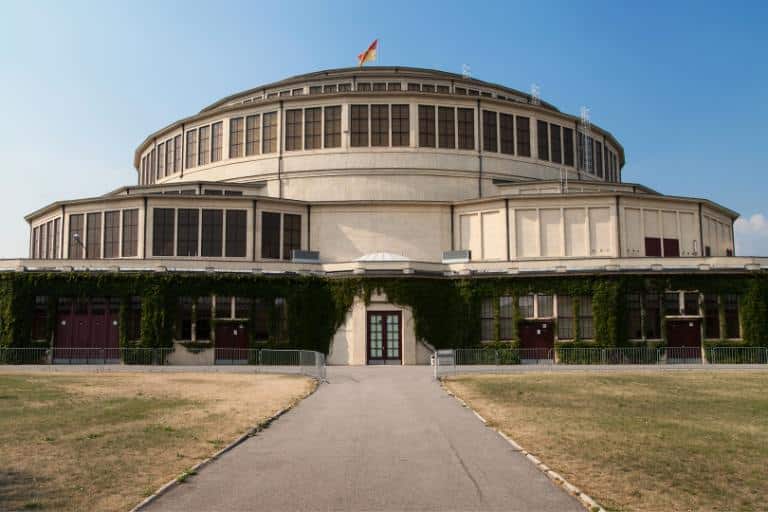
This site was added to the UNESCO list because it represents an innovative approach to architecture and construction techniques. Its design influenced modernist architecture. It remains one of the largest domes of its kind in the world. Inside, the hall can hold over 10,000 people, making it a space for cultural events, concerts and exhibitions.
Churches of Peace in Jawor and Swidnica
The Churches of Peace in Jawor and Swidnica are exceptional examples of Lutheran churches built in the mid-17th century. Inscribed on the UNESCO list in 2001, these wooden churches were constructed under the Peace of Westphalia of 1648, which allowed the Lutherans of Silesia to build three churches.
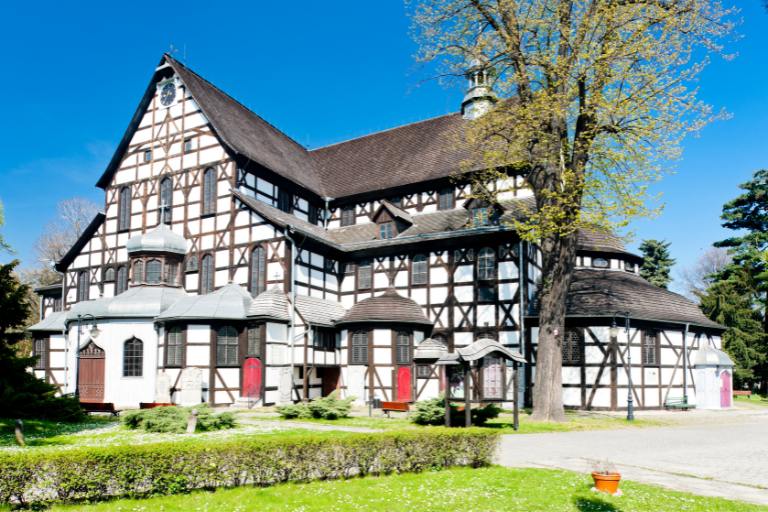
The buildings are remarkable for their size and intricate baroque decorations, achieved despite severe restrictions imposed on their construction. They stand as a testament to the desire for religious tolerance and the craftsmanship of their builders, who created vast spaces capable of holding thousands of worshippers using only wood, sand, straw and clay.
Historic Centre of Krakow
The Historic Centre of Krakow was inscribed on the UNESCO list in 1978, and it’s one of Poland’s most important cultural sites. Krakow was the country’s capital from 1038 to 1596 and has been a leading center of Polish academic, cultural and artistic life. It survived World War II almost untouched, which is very rare. The mix of Gothic, Renaissance, and Baroque buildings, including the Wawel Castle, makes it a great destination for culture buffs.
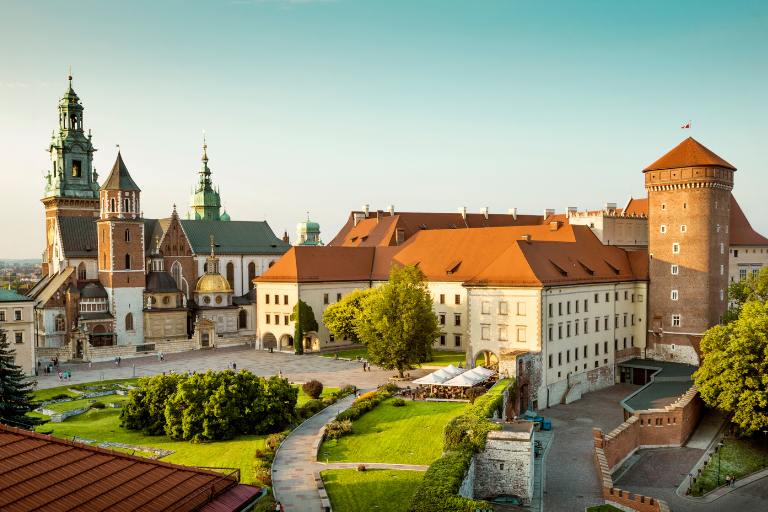
Kraków’s Old Town was named a UNESCO site because it is incredibly well-preserved. The Old Town is centred around the expansive Main Market Square, one of the largest medieval squares in Europe. It features numerous historical monuments, including the 14th-century Gothic St. Mary’s Basilica and the medieval Cloth Hall. This area is like a giant treasure chest filled with stunning architecture, cobblestone streets and vibrant culture.
Wieliczka and Bochnia Royal Salt Mines
The Wieliczka and Bochnia Salt Mines are a world unto themselves. These mines have been around since the Middle Ages. The mines feature an intricate labyrinth of tunnels, with a total length of about 300 km, as well as underground chambers, some carved into ornate shapes and decorated with salt sculptures. The most famous is St. Kinga’s Chapel, a huge underground church that looks like it’s from a fairytale.
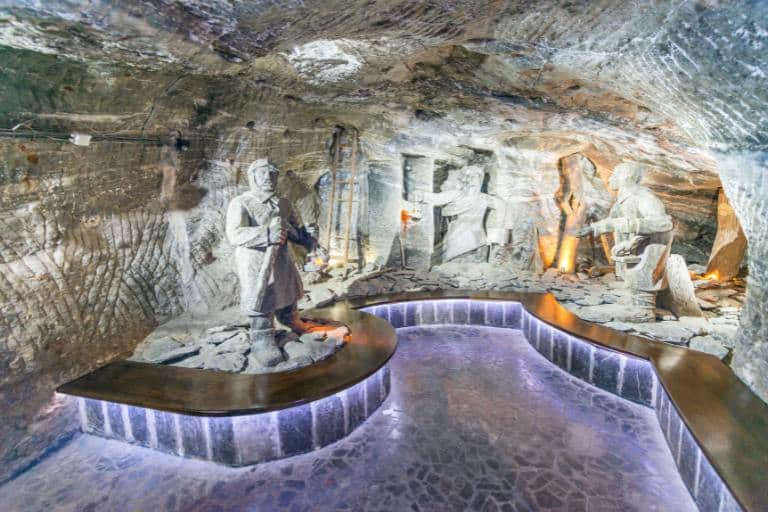
The salt mines became UNESCO sites because they show how humans used natural resources in creative and sustainable ways. They’re also a symbol of hard work and ingenuity. Visiting these mines is like walking through history, art, and science all at once. It’s no wonder they attract millions of visitors every year.
Historic Centre of Warsaw
Warsaw’s Old Town has an amazing story. The city was almost completely destroyed during World War II, and officials were debating whether to rebuild it at all. However, the people of Warsaw came together and rebuilt the city brick by brick. Thanks to the painstaking reconstruction efforts, Warsaw today looks just like it did centuries ago, with colourful buildings, charming squares, and the Royal Castle standing proudly at the centre.
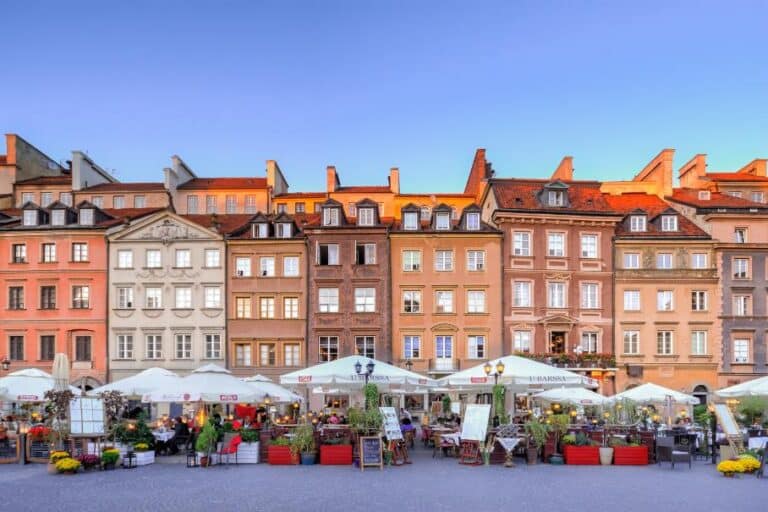
This incredible effort earned Warsaw’s Old Town a spot on the UNESCO list. Its inscription recognizes not only the quality of the reconstruction but also the determination of the Polish people to preserve their cultural identity in the face of devastating loss.
Old City of Zamość
Zamość is like a little piece of Italy in Poland. It was designed in the 16th century by Italian architect Bernardo Morando and built as a perfect example of a Renaissance town. Its layout is like a chessboard, with a beautiful market square. The colourful houses around the square and the grand Town Hall make it a feast for the eyes.
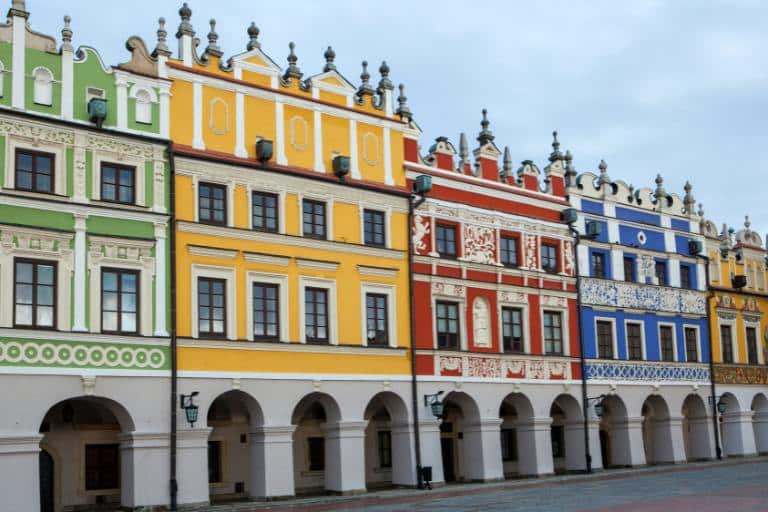
The town’s layout, fortifications, and blend of Italian and Central European architectural traditions make it unique. Notable features include the grand market square, the town hall with its fan-shaped staircase, and numerous merchants’ houses. Zamość’s inscription recognizes its exceptional urban planning and its role as a meeting point between Western and Eastern architectural traditions.
Medieval Town of Toruń
Toruń is famous for two things: Nicolaus Copernicus and gingerbread. Founded in the 13th century by the Teutonic Knights, Toruń quickly became an important trading center as part of the Hanseatic League. Its Old Town is full of Gothic buildings, including a beautiful cathedral and a leaning tower that looks like it might tip over any second.
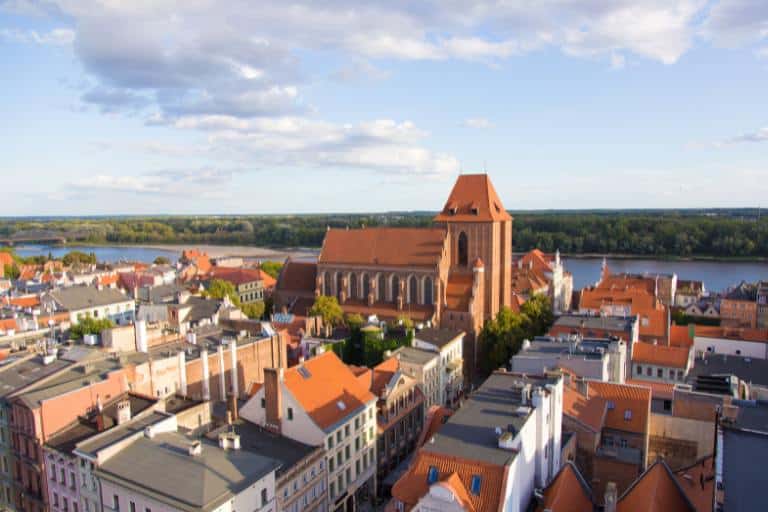
The town’s medieval layout and many original Gothic buildings have been remarkably well preserved, including the birthplace of astronomer Nicolaus Copernicus. Toruń’s Old Town is renowned for its brick Gothic architecture, particularly its impressive town hall and numerous patrician houses. The site’s inscription recognizes Toruń as an outstanding example of a medieval European trading and administrative center.
Kalwaria Zebrzydowska: the Mannerist Architectural and Park Landscape Complex and Pilgrimage Park
Located in southern Poland, Kalwaria Zebrzydowska is a remarkable cultural landscape that blends natural beauty with spiritual significance. Inscribed on the UNESCO list in 1999, this 17th-century Calvary sanctuary is the second most important pilgrimage site in Poland after Częstochowa.
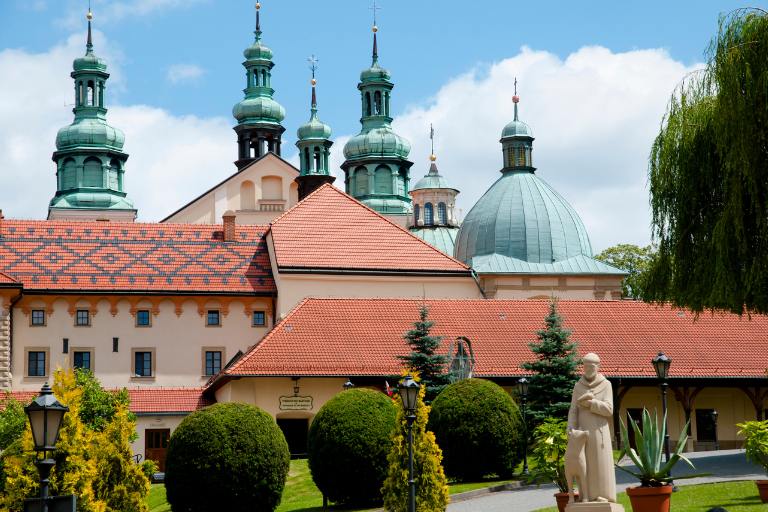
The complex includes a Baroque basilica, a series of chapels laid out to resemble Jerusalem’s topography, and beautiful natural surroundings. It’s an outstanding example of Mannerist architecture and landscape design, where nature and human creation are harmoniously integrated. The site’s spiritual and artistic value, combined with its picturesque setting, make it a unique testament to European cultural traditions.
Wooden Churches of Southern Małopolska
Inscribed on the UNESCO list in 2003, this site comprises six wooden churches in southern Poland, dating from the 15th to 18th centuries. These churches, located in Binarowa, Blizne, Dębno, Haczów, Lipnica Murowana and Sękowa represent outstanding examples of different aspects of medieval church-building traditions.
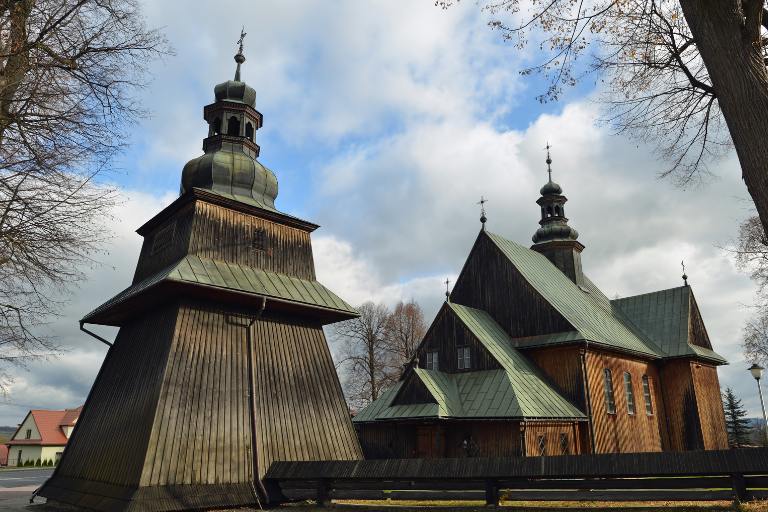
These wooden churches are made entirely of wood and have steep, shingled roofs. Inside, you’ll find beautiful frescoes and altars that are works of art. UNESCO added them to the list because they’re a great example of traditional wooden architecture.
Muskauer Park / Park Mużakowski
Muskauer Park is a huge landscape park that stretches across Poland and Germany. It was designed in the 19th century by Prince Hermann von Pückler-Muskau, who wanted to create a “painting” made of nature. The park is full of winding paths, picturesque bridges, and beautiful views that make you feel like you’re inside a work of art.
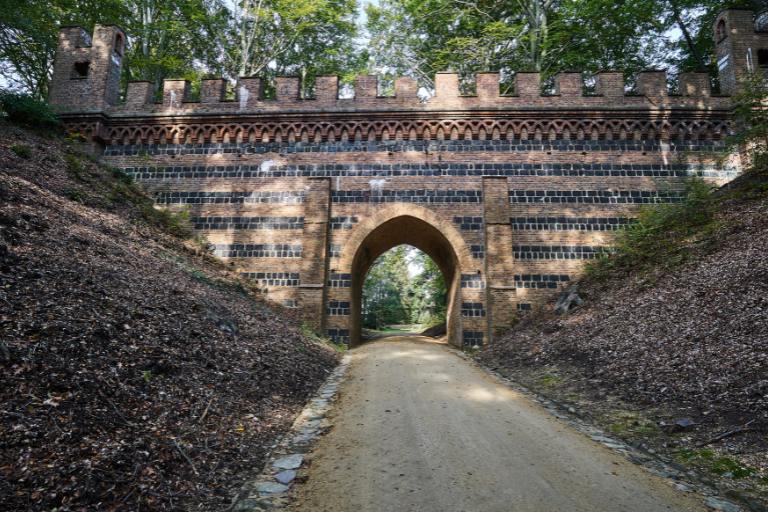
This park became a UNESCO site because it’s a masterpiece of landscape design. It shows how human creativity can work hand in hand with nature to create something extraordinary. Muskauer Park is perfect for leisurely strolls and enjoying stunning scenery.
The Architectural and Cultural Landscape of the Lednice-Valtice Cultural Landscape
While primarily located in the Czech Republic, a small part of this cultural landscape extends into Poland. Inscribed on the UNESCO list in 1996, it’s one of the largest artificial landscapes in Europe. Created by the Dukes of Liechtenstein between the 17th and 20th centuries, the landscape blends Baroque architecture and Classical and Neo-Gothic style castles with the countryside.
The Polish portion includes part of the designed landscape. Its inscription recognizes the exceptional way in which architecture and landscape design were integrated to create a remarkable example of cultural landscape design.
Wooden Tserkvas of the Carpathian Region in Poland and Ukraine
The Wooden Tserkvas are beautiful Orthodox and Greek Catholic churches built between the 16th and 19th centuries. They are another example of UNESCO sites in Poland that cross borders. Inscribed on the UNESCO list in 2013, they include 16 tserkvas (churches), with eight located in Poland and eight in Ukraine.
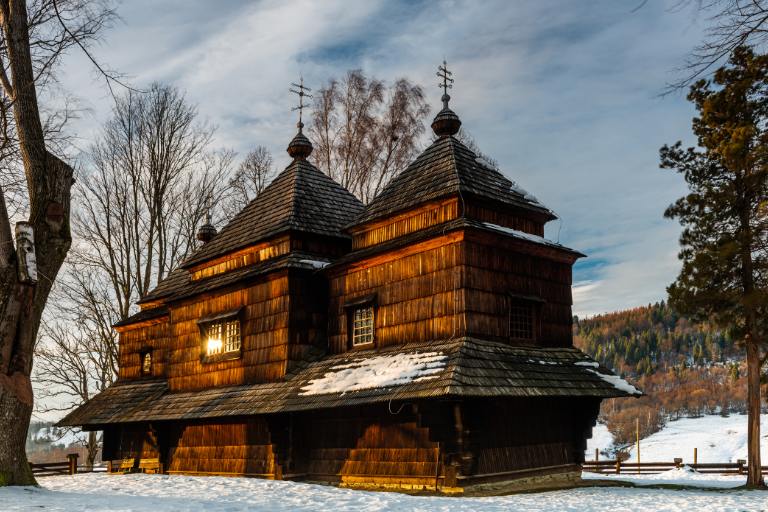
The Polish tserkvas are located in the Podkarpackie and Małopolskie regions. Their inscription recognizes the unique designs reflecting local traditions and symbolizes the cultural diversity of the communities that built them. These churches are masterpieces of wooden architecture, showcasing the skill of local artisans and the artistic traditions of the Carpathian people.
Krzemionki Prehistoric Striped Flint Mining Region
Krzemionki is a fascinating site where prehistoric people mined striped flint over 5,000 years ago. This site encompasses four mining areas that date back to the Neolithic and Early Bronze Age (about 3900 to 1600 BCE). It’s one of the largest known prehistoric underground flint extraction and processing systems in the world.
The site includes underground mining structures, flint workshops, and associated settlements. Its inscription recognizes the sophisticated prehistoric mining techniques employed here and the site’s importance in understanding early human technological advancements and trade networks in Europe.
Tarnowskie Góry Lead-Silver-Zinc Mine and its Underground Water Management System
Located in southern Poland, the Tarnowskie Góry mining site is a remarkable underground world of tunnels and chambers that were once part of a vast mining operation. This mine dates back to the 16th century and was a major producer of lead, silver and zinc.
The site includes mining tunnels and shafts, adits, underground water management systems, and evidence of industrial infrastructure above ground. The ingenious water management system, designed to keep the mine dry, is a marvel of engineering. Today, you can take guided tours through the mine and even take a boat ride through some of the flooded tunnels.
Final thoughts on UNESCO sites in Poland
There are many UNESCO sites in Poland you can explore. Whether you’re into architecture, cultural sites or prefer unique sites like mines, you’ll find them in Poland. I personally love visiting UNESCO sites all over the world, and I think you can learn so much from visiting them. So, if you’re planning a trip to Poland and want to visit sites where you can learn more about its past, consider visiting some of the UNESCO sites in Poland. I think you’ll love the cultural journey into the past.

